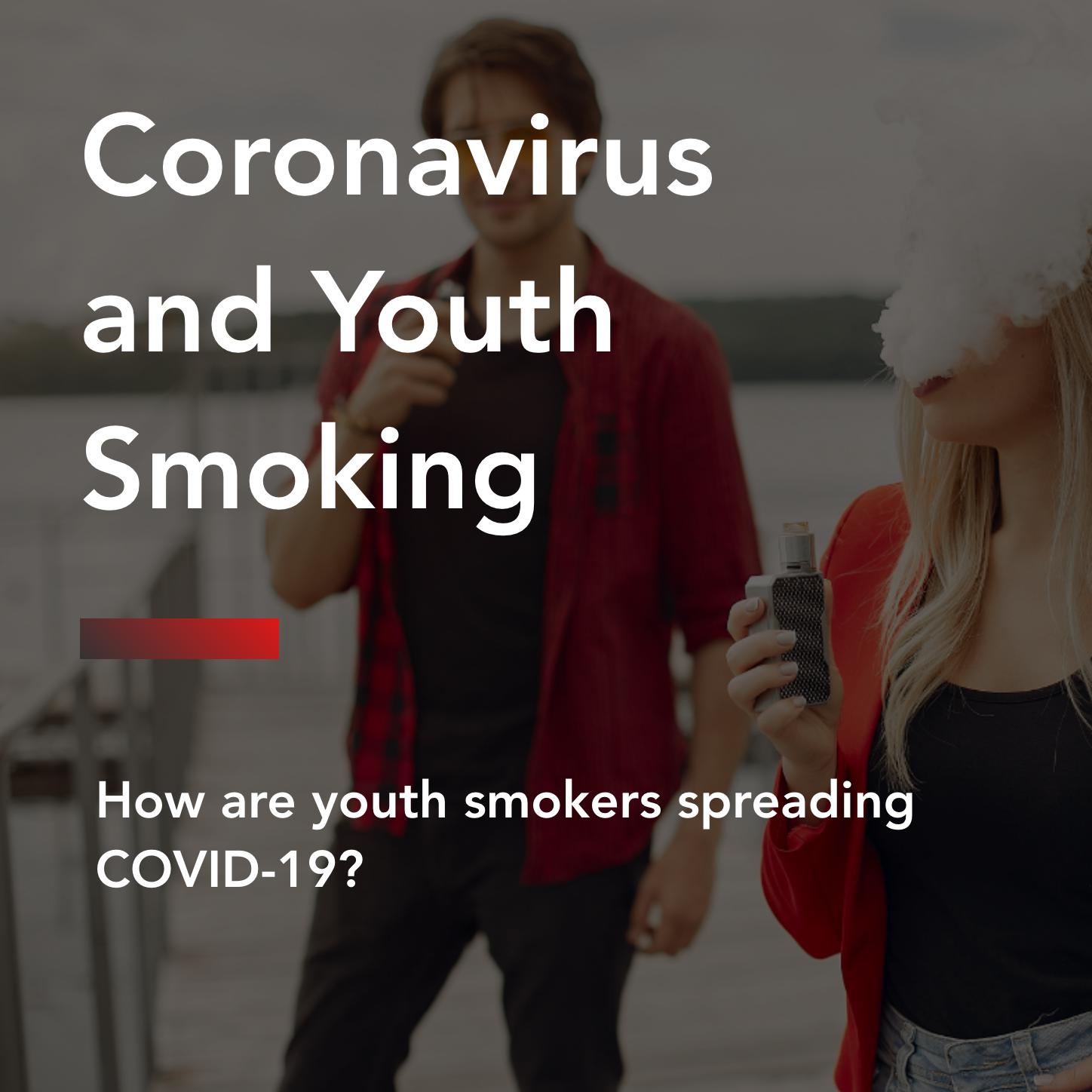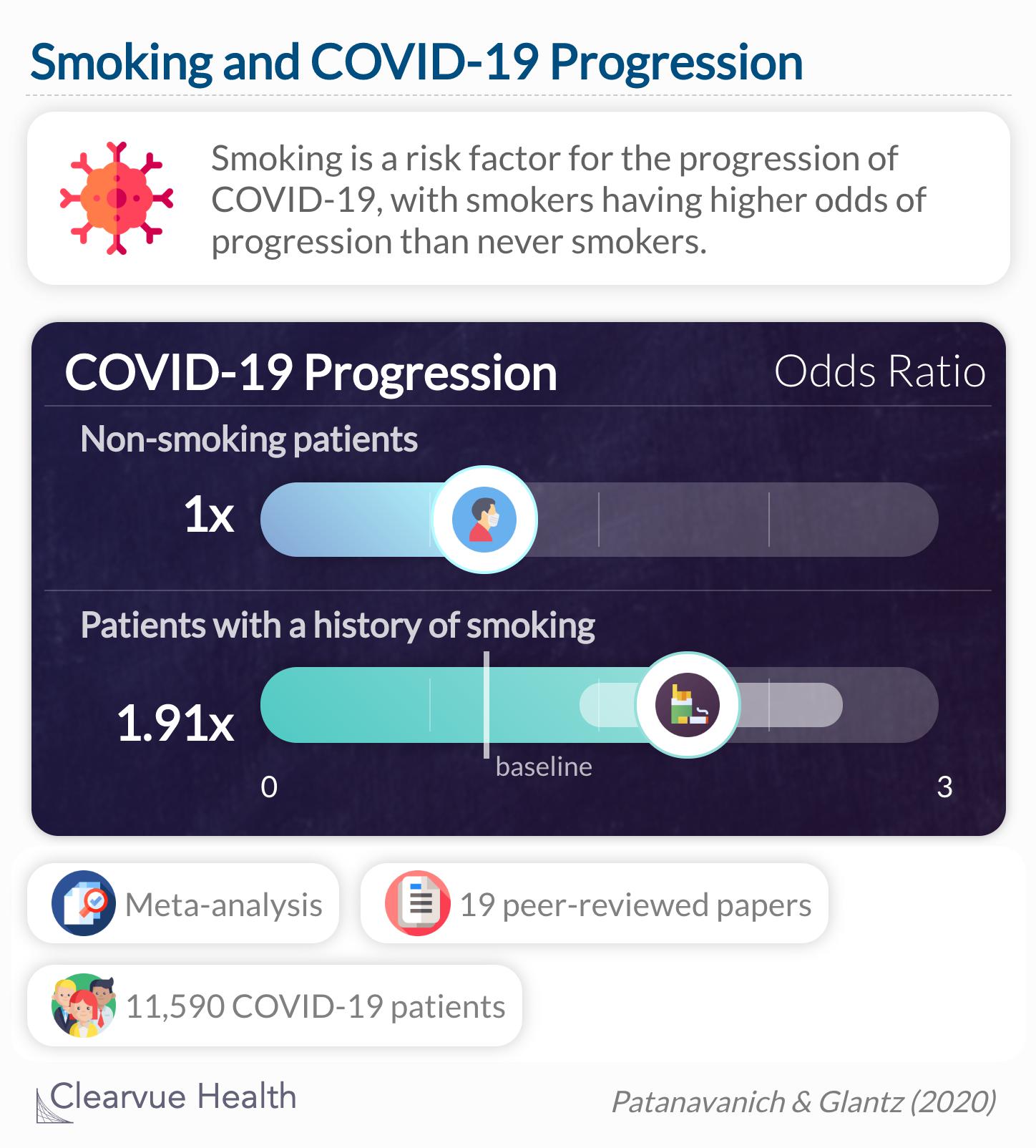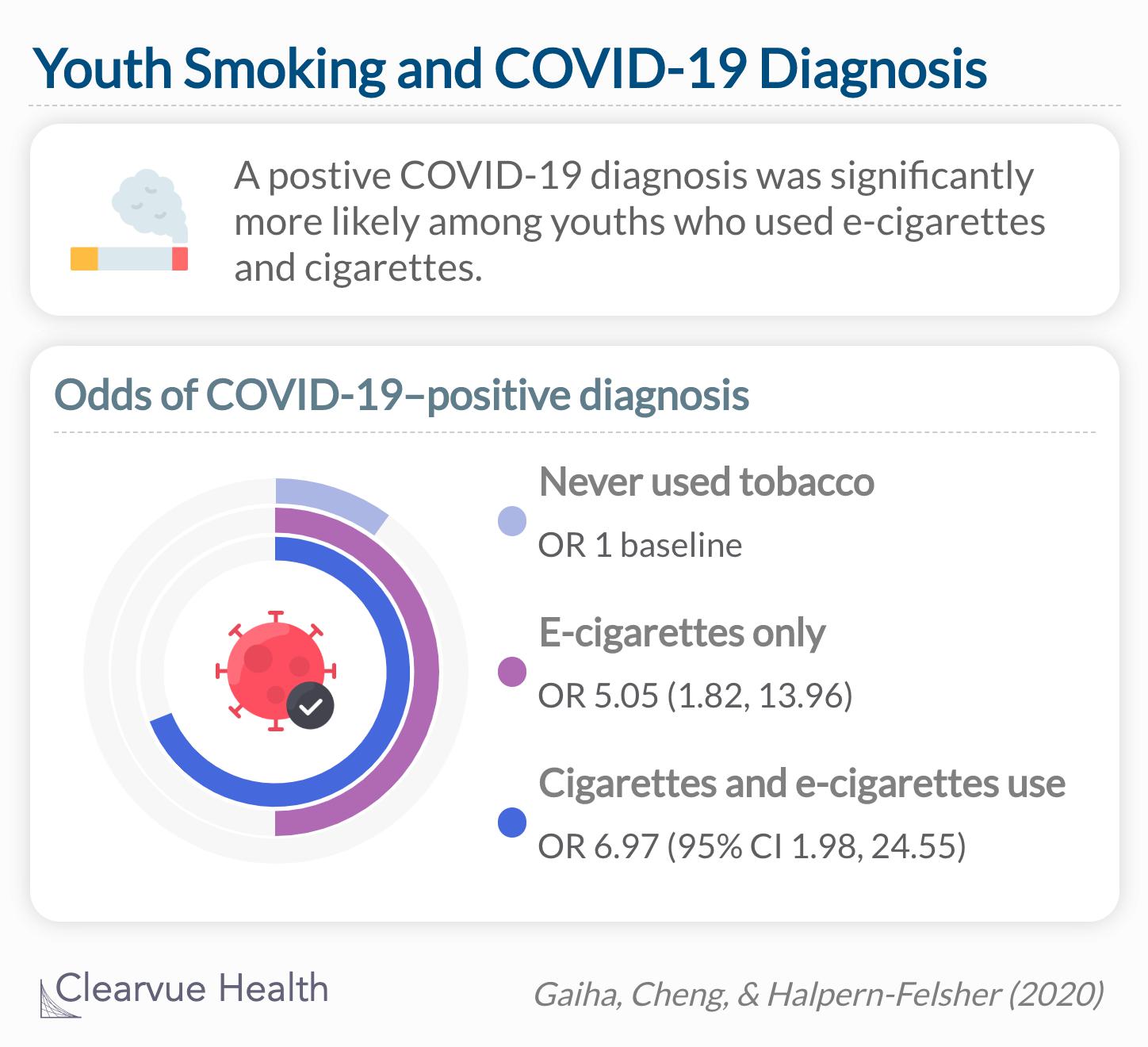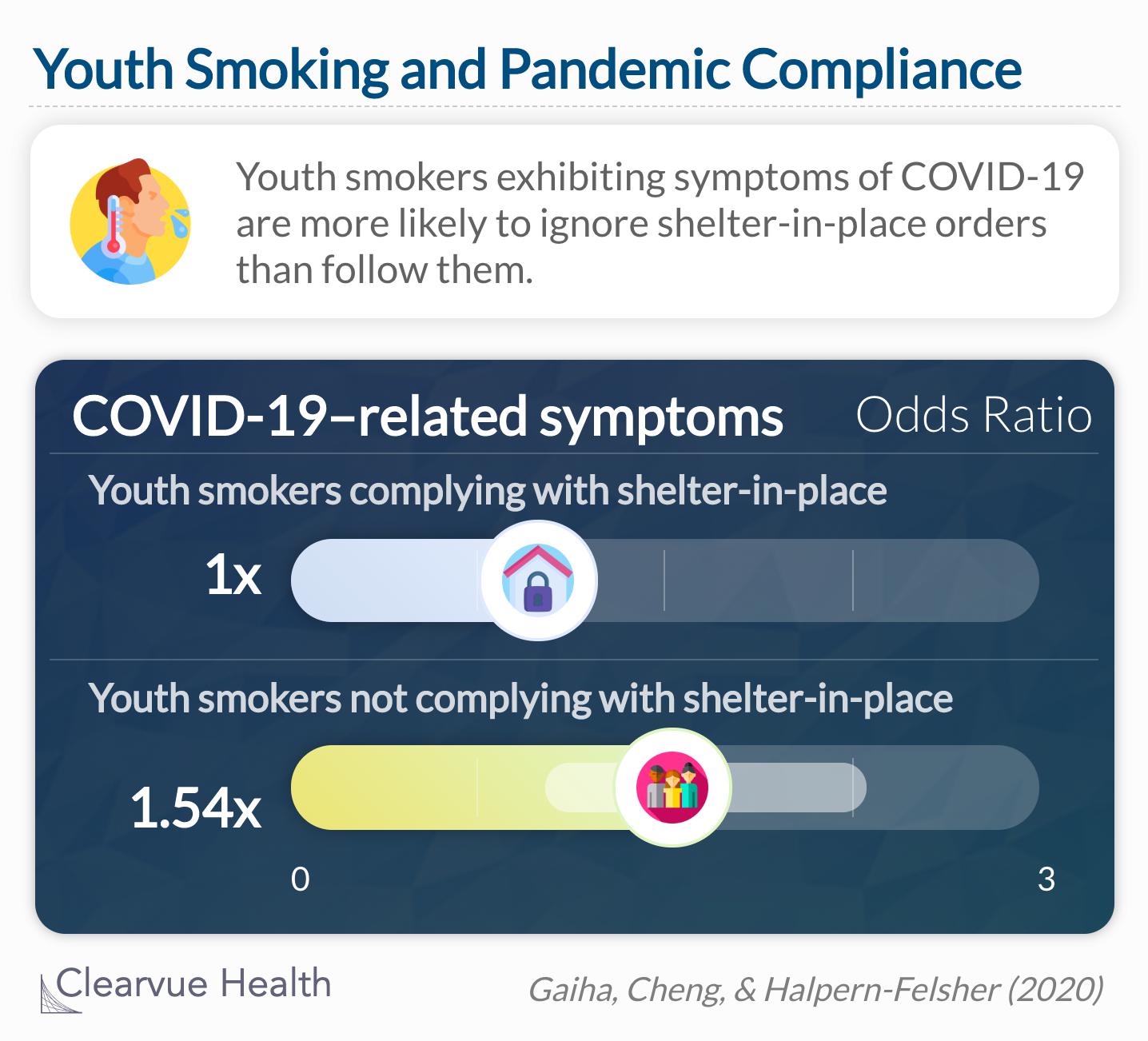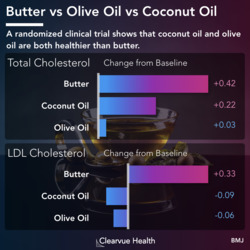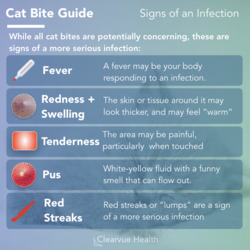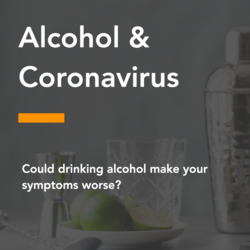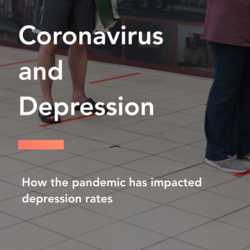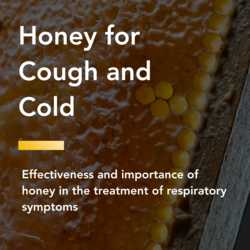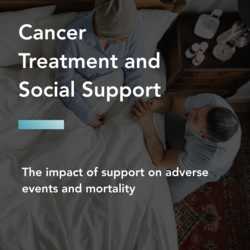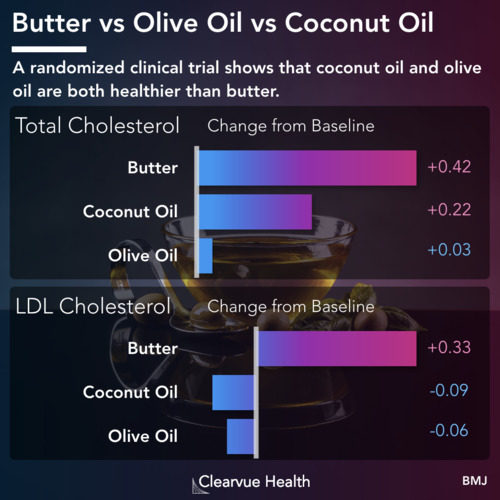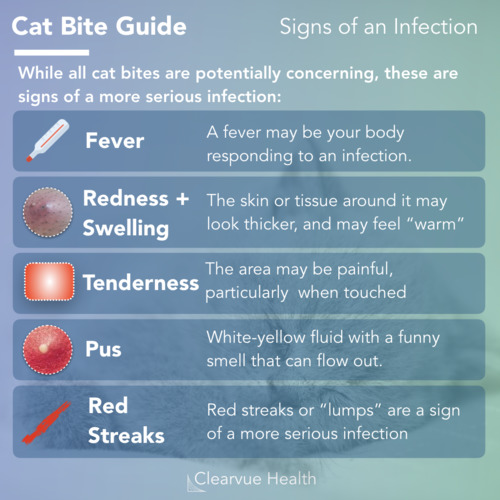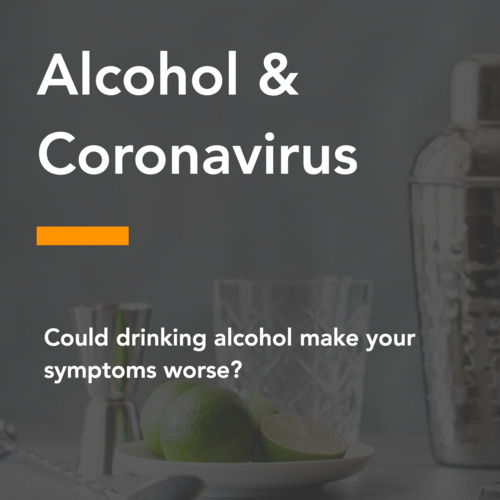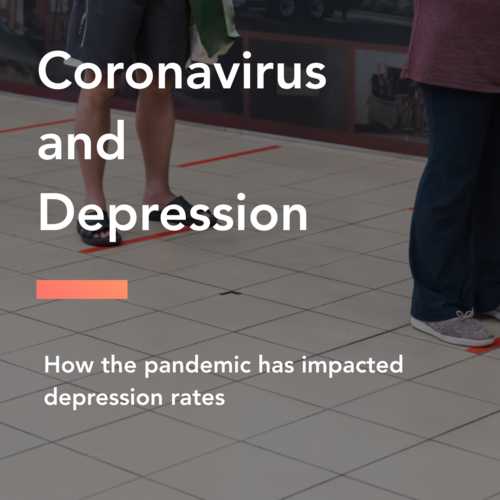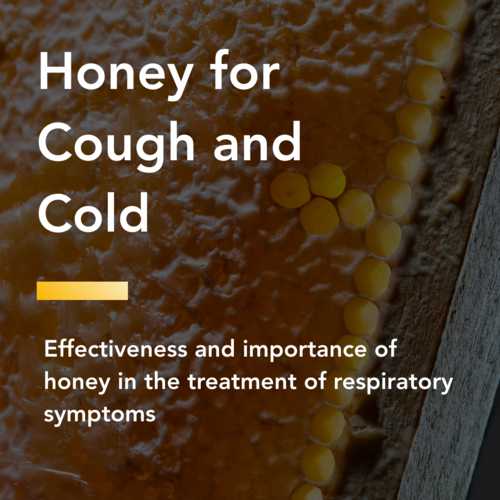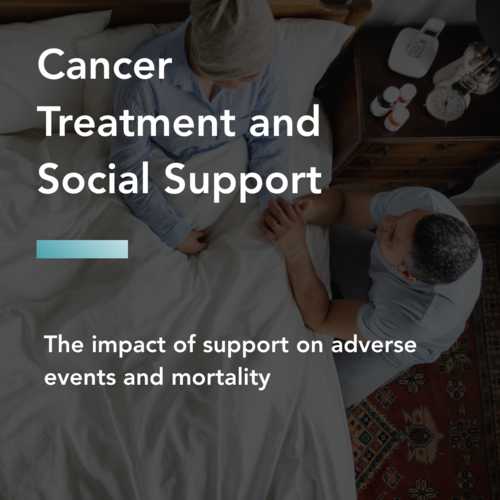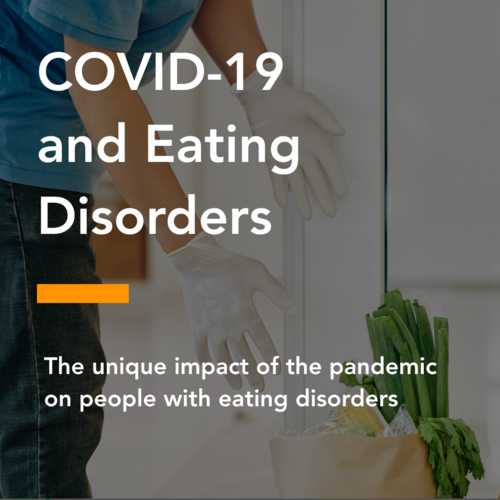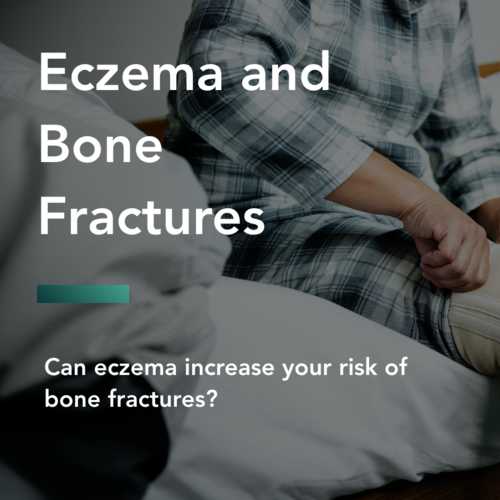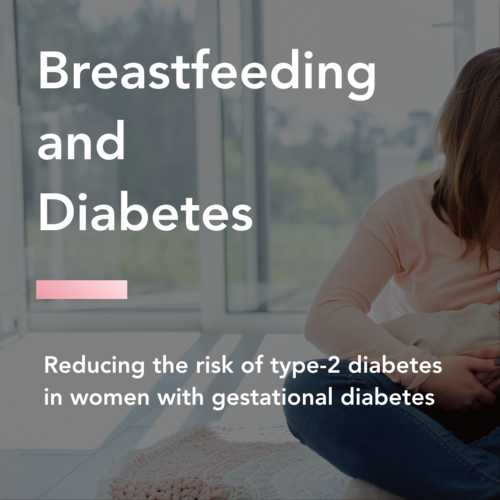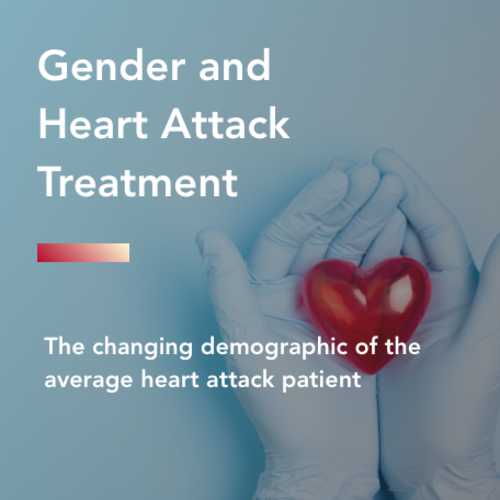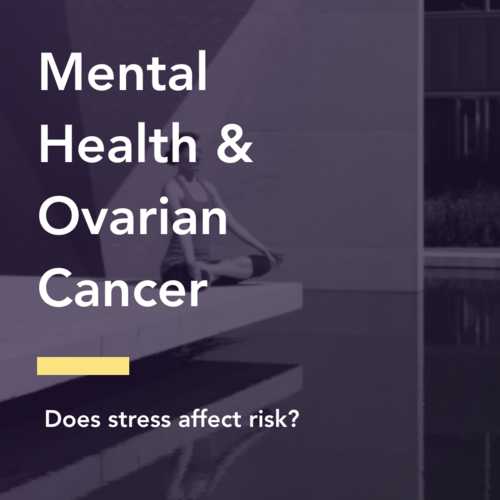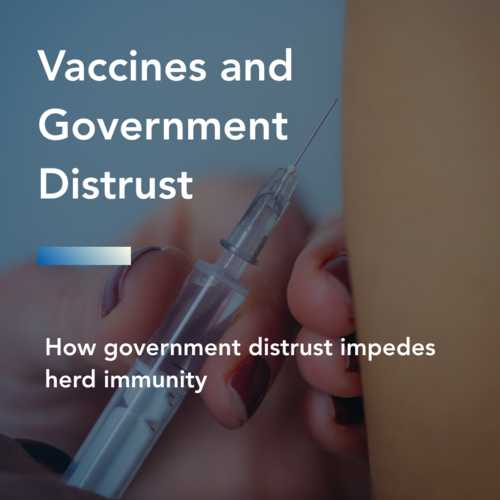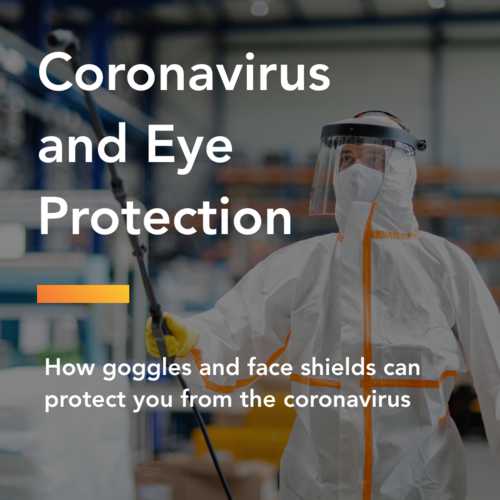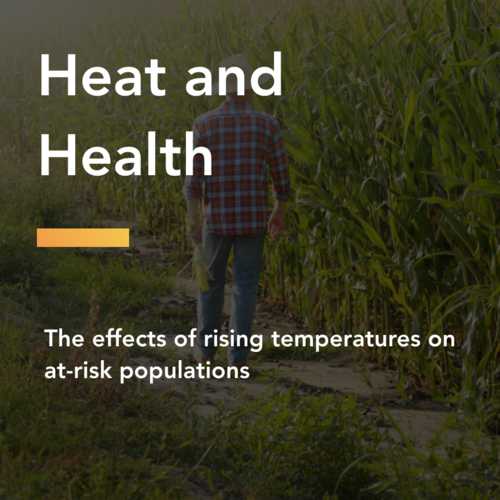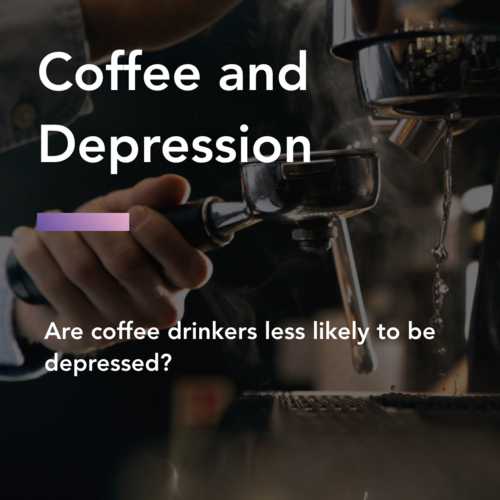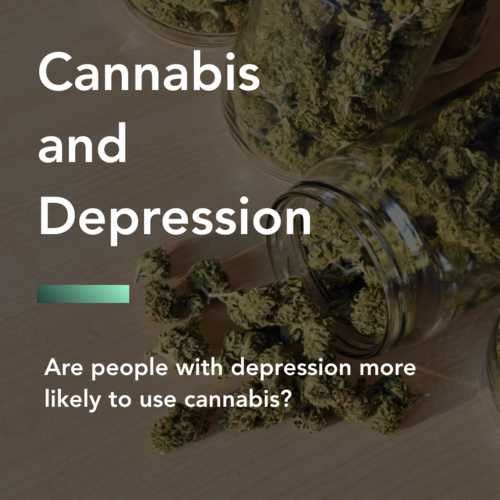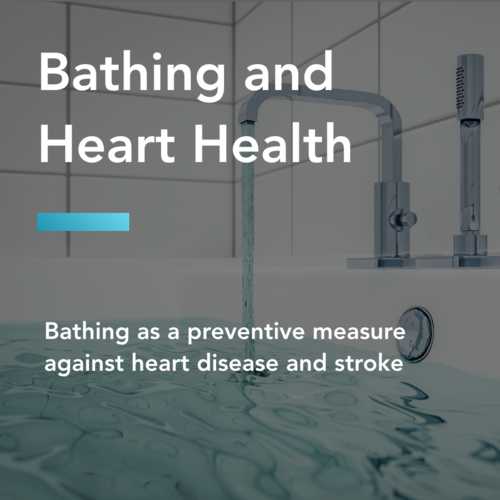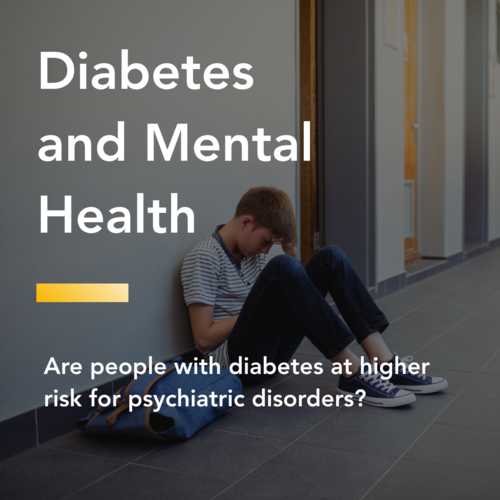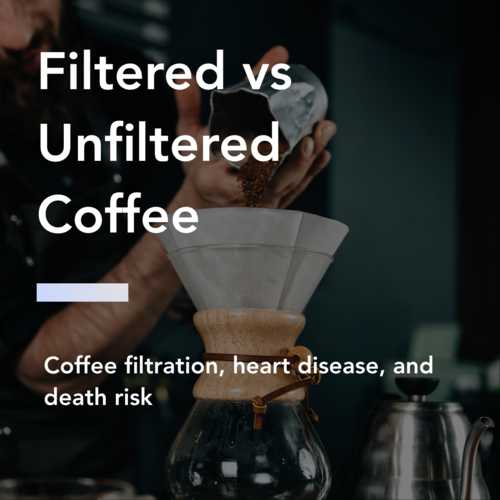coronavirus and youth smoking: how are youth smokers spreading COVID-19?
Public health departments have put a lot of resources into eliminating teen smoking. Smoking from an early age has been linked to risky health behaviors like alcohol consumption, suicidal thoughts, and early sexual initiation. Not to mention, tobacco use is associated with a variety of chronic illnesses from cancer to lung disease. It is believed that the earlier a person starts smoking, the more likely they are to develop a chronic illness. In the time of the COVID-19 pandemic, researchers have found that youth smokers are at particularly high risk for disease progression, viral spread, and non-compliant behaviors.
Smoking is linked to COVID-19 disease progression
To begin, all smokers have an increased risk of COVID-19 progression. In other words, smokers are more likely to experience severe symptoms and develop further complications because of the virus such as pneumonia, sepsis, or organ failure.
The meta-analysis showed a significant association between smoking and progression of COVID-19 (OR 1.91, 95% confidence interval [CI] 1.42-2.59, p = 0.001).
Source: Smoking Is Associated With COVID-19 Progression: A Meta-analysis
Patients with a history of smoking had nearly twice the odds of disease progression compared to non-smoking patients. This tells us that smokers are more likely to experience severe complications from a COVID-19 infection. The simplest explanation for this association is that smokers have enacted some extent of damage to their lungs, heart, and other organs through the inhalation of tobacco. COVID-19 is a respiratory infection and, therefore, can be harder to overcome by patients with compromised lung capacity. Of course, these complications are likely to be worse in adults who have been smoking for many years. However, young adults can still damage their physiology at a young age.
Youth smokers are more likely to be diagnosed with COVID-19
Next, a study was recently published that associated youth smoking and the virus. The researchers sent out an online survey that asked about smoking habits, COVID-19 exposure, and other health behaviors. Specifically, they compared the odds of COVID-19 symptoms, diagnosis, and testing between smokers and non-smokers.
COVID-19 diagnosis was five times more likely among ever-users of e-cigarettes only (95% confidence interval [CI]: 1.82–13.96), seven times more likely among ever-dual-users (95% CI: 1.98–24.55), and 6.8 times more likely among past 30-day dual-users (95% CI: 2.40–19.55).
Source: Association Between Youth Smoking, Electronic Cigarette Use, and Coronavirus Disease 2019
The results were striking. Youths were 5 times more likely to have a positive COVID-19 diagnosis if they used e-cigarettes and 7 times more likely if they used both regular and e-cigarettes. In addition, youth smokers were 9 times more likely to have been tested for COVID-19 if they had smoked in the last 30 days. There are many possible explanations for this increase in infections. Obviously, smokers must remove their facemasks in order to smoke, which exposes them and those around them to potentially infectious respiratory droplets without protection. Smokers are also more likely to be touching their faces without facemasks on while smoking.
Another reason why youth smokers are more likely to be exposed to COVID-19 is the social aspect of smoking. Vapes and cigarettes are often passed around within a group of friends. This scenario comes with many implications. First, a group of friends would not be wearing masks if they were smoking together. Second, they would need to be within 6 feet of each other to pass the vape around. Third, some researchers believe that vape clouds can extend the reach of viral droplets. If an infected teen blows out a cloud of smoke, their viral droplets are carried out into the room, potentially farther than 6 feet. And for all of this to happen during the pandemic, the youth smokers would need to be breaking social distancing recommendations.
Youth smokers with exhibiting symptoms of COVID-19 are less likely to comply with shelter-in-place orders (1.54 [1.02, 2.34]).
The online survey specifically asked the sample about their adherence to social distancing rules. Youth smokers exhibiting COVID-19 related symptoms were significantly more likely to not be complying with shelter-in-place orders. The directionality of this relationship is not entirely clear. We also do not know if youth smokers were exhibiting symptoms before or after choosing to not comply with shelter-in-place orders. Regardless, this is another risky behavior that exasperates their chances of becoming infected and infecting others.
Key takeaways
In comparison, youths and young adults are not at high risk for severe COVID-19. The CDC claims that seniors and people with pre-existing conditions like obesity or diabetes are at the greatest risk for severe COVID-19 complications. However, youth smokers are equally susceptible and contagious as everyone else. This population may not be high risk themselves, but they can easily spread the virus to those who are considered high risk. This is why it is important to understand the behaviors of youth smokers and how they facilitate community transmission.
